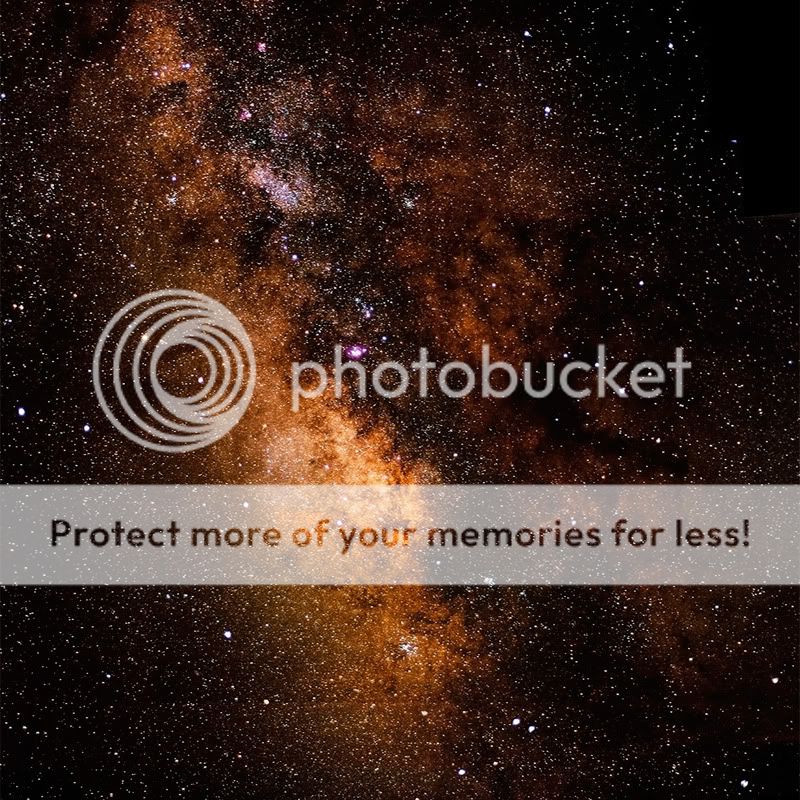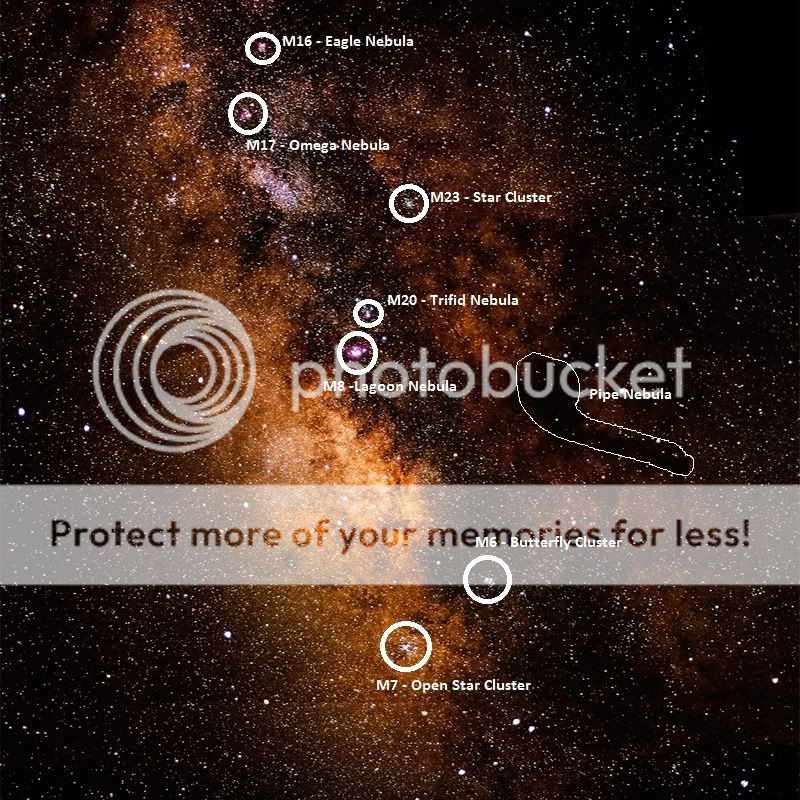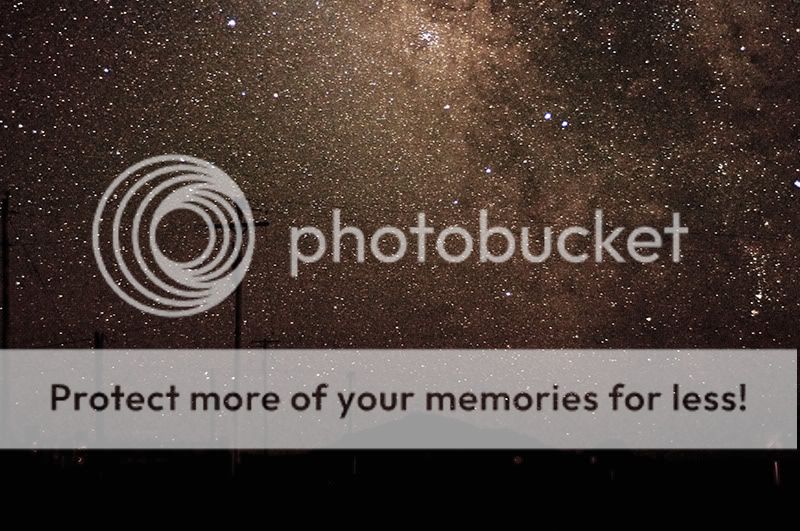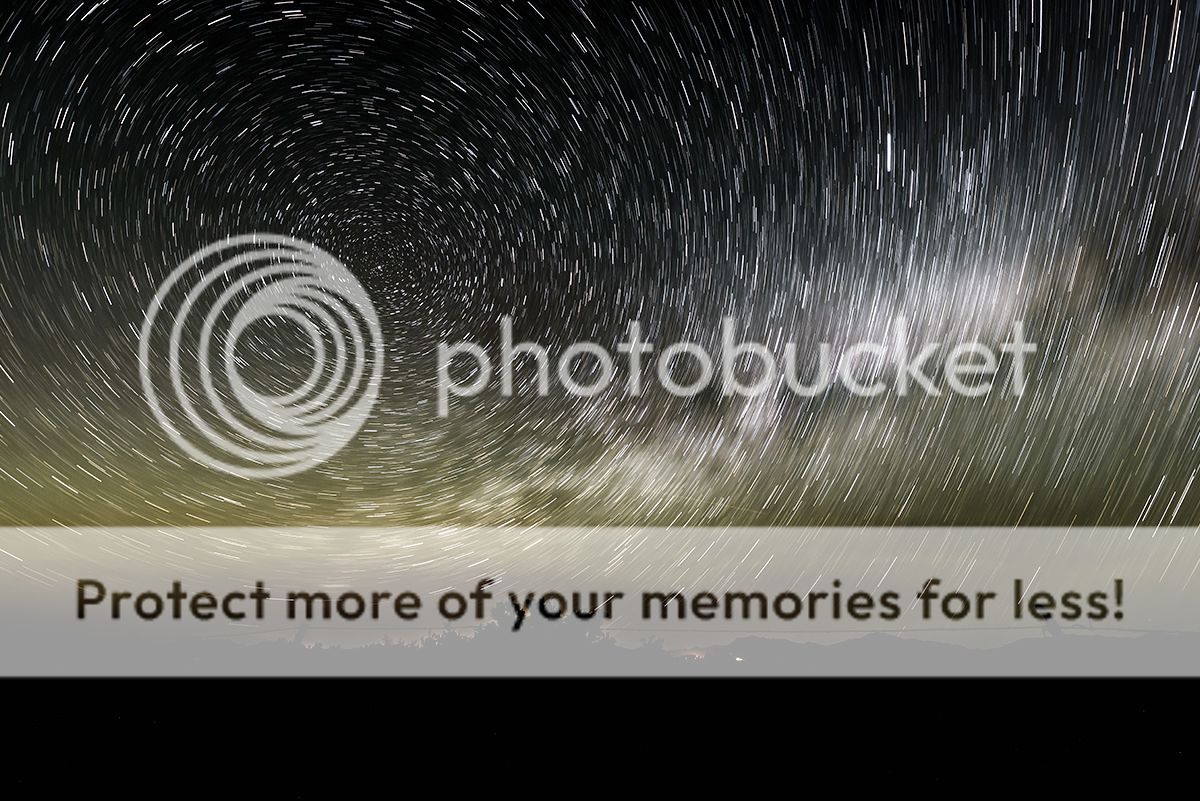BlkdOutGsxr
TPF Noob!
- Joined
- Apr 3, 2013
- Messages
- 33
- Reaction score
- 1
- Location
- Cedar Rapids, IA
- Can others edit my Photos
- Photos OK to edit
Hello all,
I'm new to the forum, just thought I would get some opinions on what lenses I should consider for the two subjects posted; Astrophotography and Macro. I've been reading around the internet but there is so much information that it really makes it difficult to form an opinion. Astro can be really expensive I know, I'm not looking to get crazy with it but just kinda basic landscapes with stars. I am a college student, so I'd like to keep the lenses under 500 dollars/pc. Thanks in advance for any help and I look forward to discussions on the forum!
Body: D5100
My current lenses:
18-55mm 3.5 kit lens
55-200mm VR
will be purchasing 50mm 1.8 when it gets in stock at the photo shop in town for portraits and walking around
I'm new to the forum, just thought I would get some opinions on what lenses I should consider for the two subjects posted; Astrophotography and Macro. I've been reading around the internet but there is so much information that it really makes it difficult to form an opinion. Astro can be really expensive I know, I'm not looking to get crazy with it but just kinda basic landscapes with stars. I am a college student, so I'd like to keep the lenses under 500 dollars/pc. Thanks in advance for any help and I look forward to discussions on the forum!
Body: D5100
My current lenses:
18-55mm 3.5 kit lens
55-200mm VR
will be purchasing 50mm 1.8 when it gets in stock at the photo shop in town for portraits and walking around












![[No title]](/data/xfmg/thumbnail/39/39181-9016b4d45a06d288c1a2b92565ba7837.jpg?1734173055)



![[No title]](/data/xfmg/thumbnail/37/37425-6c82b8d207549743954f4b99b56a8153.jpg?1734170466)


